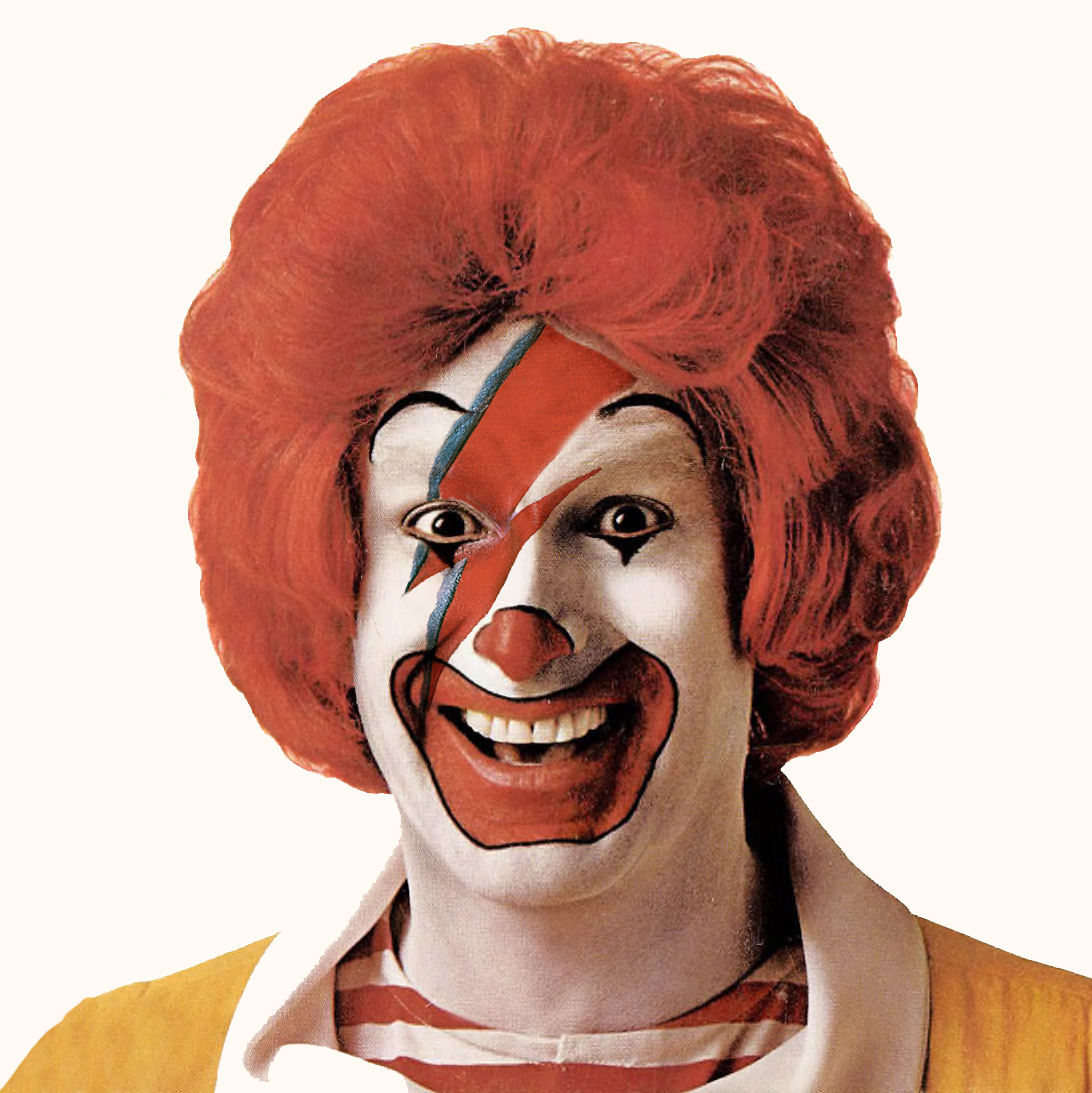- cross-posted to:
- technews
Now if I could just a “dumb” TV that doesn’t have a bunch of built in apps, which apparently is now a huge ask. I just want my TV to display whatever HDMI port is currently selected. Not nag me about connecting it to WiFi every time I turn it on.
Look into commercial displays. They are meant for store fronts and guest areas. These screens are typically built a bit more robust than consumer TVs. They may only have one of each input ports, may lack soundboard and built-in tuners, but they have sleeker designs and lack smartTV bloatware. You may need more peripheral equipment for the screen to function as a home use TV. Just do a little research and see if this works for your setup.
This might not be a solution that fits your needs, but personally this is why I buy computer monitors instead of TVs now
I just disabled the “smart” features on my Samsung S95B and set it to run the last used “app.” Which is just the last used input.
It’s not perfect, but combined with HDMI CEC I almost never need to go into the ugly menu. I don’t mind the smart menus of the older TVs when it was a separate part of the TV you could ignore. But the integration in these new TVs where inputs are treated like another smart app and you have to go past apps to get to picture settings is just bad design.
Not to mention serving ads for each manufacturer’s own streaming apps on a device someone spent a lot of money on us completely unethical. But at least disabling the Internet features took care of that issue.
Yikes! So you mean you just can’t switch inputs without the smart TV side anymore? Time to avoid the Samsungs then…
I have been reading about MicroLEDs for years now, never bought any OLED because of the burn-in. I’m curious when MicroLEDs will actually hit the mass-market and at what price-point and also how they will scale for smaller screens.
I’ve had my QD-OLED for a little while now and it has had quite a bit of static images on it without any trouble. From what I read before I bought it, OLEDs in general really don’t have a burn-in issue like the early models did.
From what I can tell they’re better than even plasma was at the end. And you’d have trouble actively trying to get permanent burn in on some later model plasmas. I used to service TVs and appliances. In most cases outside of using a plasma display for digital signage, I’d be able to run a swiping pattern for a little bit to get rid of the image retention. The only exception I really had for a plasma that was used in a residence was an older couple who didn’t have a widescreen source and only watched shows in 4:3 aspect ratio. They finally got the HD channels from their TV provider and realized they had the bars on the sides burned in (really the screen aged unevenly).
wow, this whole comments thread is just like reddit. love it, keep the faith ya’ll!!
That’s great, it means LCD TVs have hit maturation point.
LCD TVs can still improve via faster refresh rates, strolling backlights, and smaller local dimming zones. If the last part can be made small enough, then it would be very hard to tell the difference between an LCD screen and a emissive display. These facts shouldn’t be ignored by display companies.
The problem is that we are reaching a point where it is cheaper to achieve the same or better results with OLED or microLED than by dumping even more money into improving LCD.
We are already at a point where OLED provides a straight up better value than LCD in higher end price brackets as long as peak brightness is not your #1 priority.
I’m going to have see a display that truly solves the burn-in problem before making that proclamation.
I really hope microLED takes off in the near future. It’s basically OLED on steroids, all of its advantages without the risk of screen burn-in. It’s just too expensive right now…
What about Hisense with the U8H Class are they using microled(they call it miniled)? this Tv is not that expensive compared with other brands and tbh the image quality in the high-end models are awesome.
MicroLED requires each pixel to be its own light source (same with OLED). MiniLED is marketing for a fairly dense array of backlight zones on an LCD panel.
thanks for the info!
Fair enough. LCD is very old technology at this point, dating back to the 1960s.
Of course, LEDs aren’t exactly new either, but microscopic LEDs bright enough to be used as pixels certainly are.
I bought a QLED LCD 8k Samsung in 2019 and tbh it’s an incredible display because of its high nit count, local dimming zones and AI upscaler.
I’m a bit out of the loop, can these new technologies go to that resolution yet?
That’s incredible! Is there a noticeable difference between 4k and 8k? What do you use it for?
Can they please just bring back actual buttons instead of invisible tap points where you can’t tell where the fuck they are?
Man I’m still rocking my Samsung plasma TV from 2011. No need to heat the house with the amount that TV gives off but still works great.
I have an old Viera 50 inch Plasma, it chews like 240W while running but has not skipped a beat in the 13 years we’ve had it
I had a viera for 14 years. For 1080p content it beats my OLED. Better motion and better pixel alignment. But it died a third time. And I decided I didn’t want to look for parts or break out my soldering iron the 3rd time. It was my gym/garage tv at that point I I rarely used it.
I’d love to have an OLED tv. I just need a good reason to get one. The tv I have now works just fine (unfortunately).
Same, I have a plasma and it works great, doesn’t even know what HD ready means, but displays 1080i.
As long as HD is the max res the TV box gives, I don’t see reason for an upgrade. (especially for a luxury item that is mostly background noice/movement)
Mine flickers when room temp is above 75 and gets jacked at 78.
The G3 is looking extremely appealing in all dimensions except price.
Your OLED is sensitive to high temperatures?
It is an LCD. The temperature sensitivity is the main board starting to fail.
I bought this is 2015, so it is about time to get a new TV.
Aren’t MicroLED displays LCDs?
No, you’re thinking of LCDs with miniLED backlighting
I am going to skip LCD tvs altogether. Right now I am still using my first hd tv, a Plasma TV from 2008, and when I replace it, it will likely be with an OLED.
Are you long time friends with my dad or something lol











